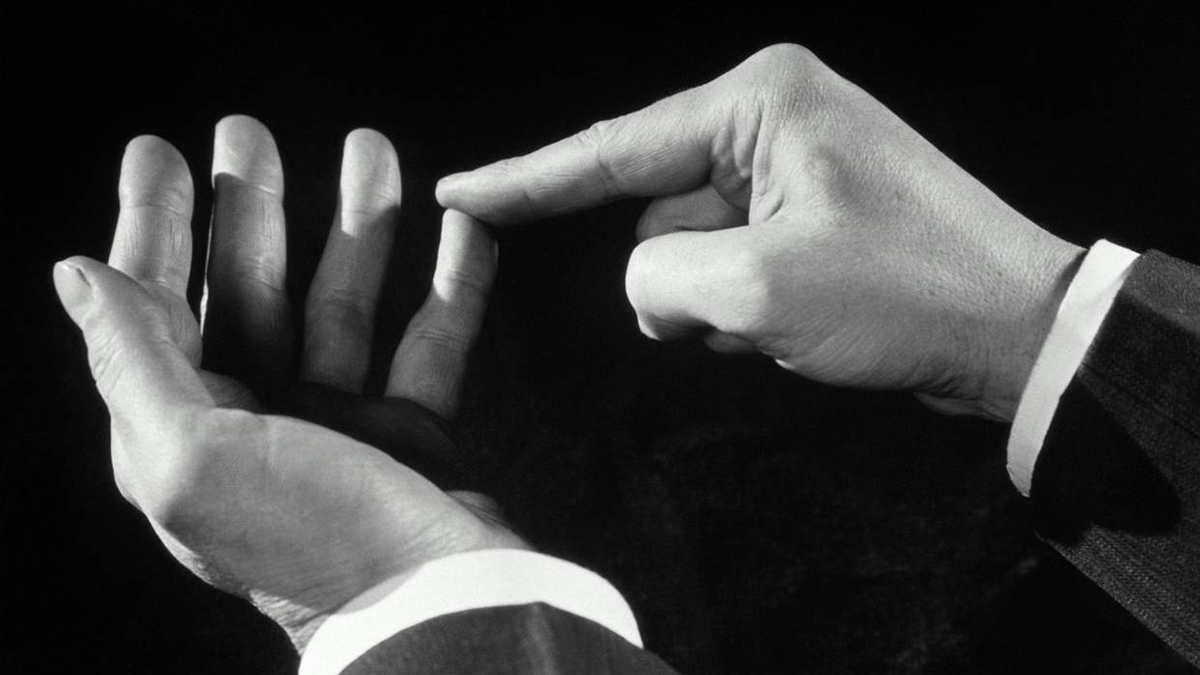If you’re of a certain age, you’ll remember sitting in class, robotically reciting the times tables. You’re probably hearing the sing-song in your head, right now: “One times two is two, two times two is four…” It was dull, repetitious – and absolutely foundational.
You can probably almost snap the answer to “nine times four” with barely a thought. No doubt you watch with growing frustration as a young sales assistant tries laboriously to total a small list of purchases without a calculator.
Learning by rote is boring, sure, but it drills into a student a set of instant-recall data. This is true of everything, from learning times tables to rehearsing scales in music. But that sort of teaching just isn’t fashionable any more – except in those countries that lead the world in school achievement.
Schools have been urged to ditch calculators and ensure mathematics teaching focuses on building students’ arithmetic knowledge and skills if Australia is to have any chance of catching up to high-performing nations.
University of NSW cognitive scientist John Sweller, an expert in the process of learning, has criticised a proposed new Australian Curriculum that emphasises problem-solving and inquiry activities in the teaching of maths, highlighting a lack of evidence that a “learn-by-doing” approach improved academic outcomes.
While the Australian Curriculum, Assessment and Reporting Authority has defended the push, highlighting Singapore’s focus on mathematical problem-solving, Professor Sweller argued that the Asian nation’s success was most likely due to high expectations and rigorous teaching of foundational knowledge and skills.
The Singaporean curriculum requires that, by Year 5, students multiply and divide numbers up to 1000 “without [a] calculator”. There is no such stipulation in the Australian Curriculum.
Japan is another world-leader. Japanese classrooms are hierarchical to a degree that would shock fashionable Western education theorists. Students are even required to clean their own classrooms. Yet not only does Japan excel, Japanese students report high levels of satisfaction with their schooling.
“Singaporean students are, on average, two to three years ahead of Australian students in terms of what they know and what they can do,” Professor Sweller said.
“Australian students need much more foundational work on their number facts and fluency.
“If you don’t know 9 x 7 automatically, and you have to go grab a calculator … you’re not going to be able to progress to solving more complex problems.”
Instead, Australian students are drowned in a sea of fashionable education theory.
ACARA’s draft Australian Curriculum, released last week, has attracted much scrutiny for its focus on incorporating Indigenous history, culture and perspectives across all subjects and its support for approaches to teaching that counter the research evidence.
The aim of the curriculum review was to address the nation’s declining education outcomes and its slide down the OECD PISA rankings.
The Australian
An aim at which it will continue to spectacularly fail. Instead of sweeping the curriculum clean of lunatic theories and woke nonsense, the new curriculum simply doubles down on what’s already failed.
The failure in the Australian education starts at the top.
Please share this article so others can discover The BFD.

